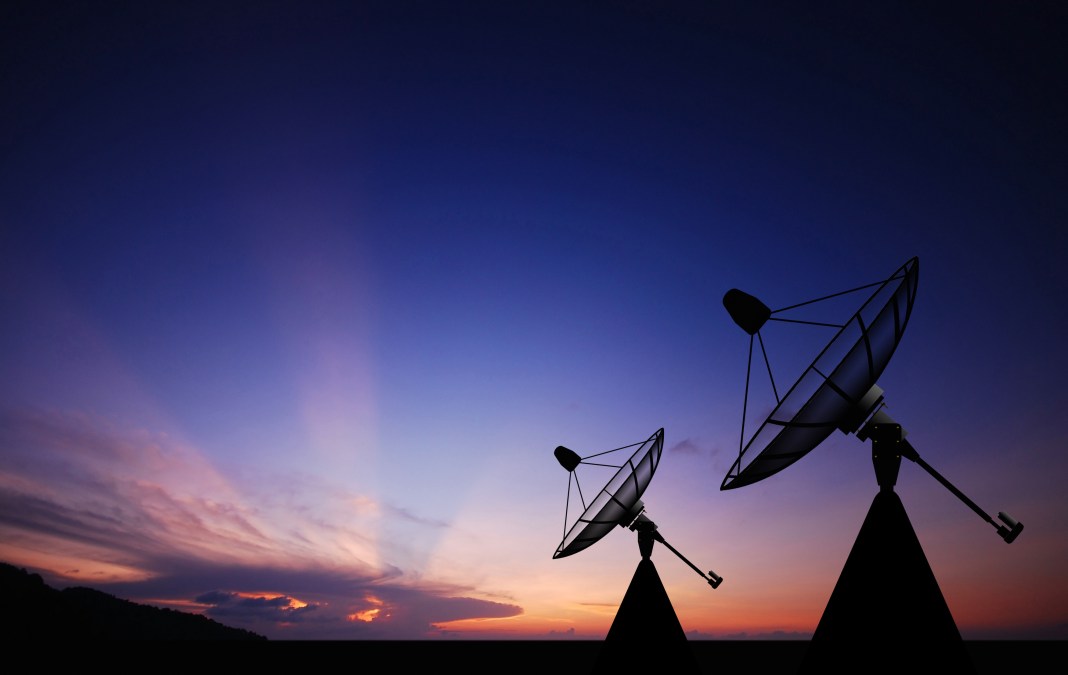USAID helping Philippine space agency investigate satellite internet

With the support of USAID, the Philippine Space Agency three years ago launched its Introducing Non-Geostationary Satellite Constellations Test Deployments to Improve Internet Service program, boosting the country’s collective connectivity.
Since then, thousands of people in the Philippines have been connected to the internet because of INCENTIVISE — another example of the aid agency’s increasing interest in satellite technology.
Earlier this year, the agency hosted an event focused on using the technology in the Pacific, which followed a move in 2023 to launch a geospatial data and technology strategy. USAID previously worked with SpaceX to deliver internet terminals for Starlink in Ukraine.
According to the Philippine Space Agency website, the INCENTIVISE program temporarily welcomed internet operators with satellite constellations to work in the country, which includes thousands of islands.
A March 2022 letter from the director general of the Philippines’ space program discussed the hope to bring together INCENTIVISE and the USAID-run Better Access and Connectivity, or BEACON, a more than $1 billion program focused on boosting the country’s communications infrastructure and digital connectivity.
According to the letter, the two institutions agreed to work together on objectives including raising “awareness of space-based technologies that help enhance national information and communications technology infrastructure” and studying the sustainability of community networks in the Philippines.
“As part of our commitment to creating a favorable environment for private enterprise to thrive and promoting economic and technological growth in the Philippines, USAID is working with PhilSA to bring home-internet access — currently available to just about 20% of the population — to six remote communities,” a USAID spokesperson told FedScoop.
They continued: “Thanks to this partnership, thousands of Filipinos in remote areas now have access to online educational tools and information, e-commerce platforms, public services, vital health information, and more. This expanded connectivity also supports government partners in improving disaster preparedness and response initiatives, especially during natural disasters.”






